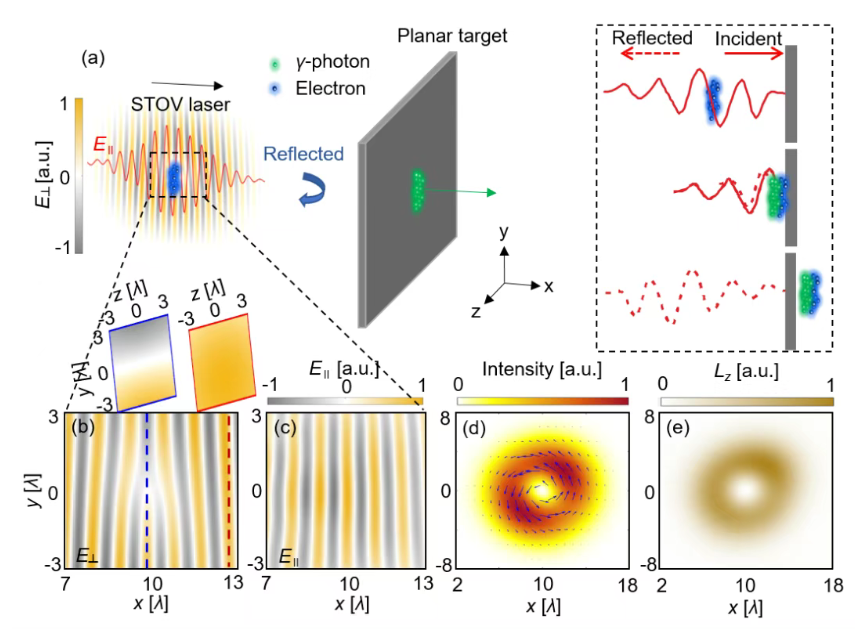The technology and development trends of attosecond lasers in China
The Institute of Physics, Chinese Academy of Sciences, reported the measurement results of 160 as isolated attosecond pulses in 2013. The isolated attosecond pulses (IAPs) of this research team were generated based on high-order harmonics driven by sub-5 femtosecond laser pulses stabilized by CEP, with a repetition rate of 1 kHz. The temporal characteristics of attosecond pulses were characterized by attosecond stretch spectroscopy. The results show that this beamline can provide isolated attosecond pulses with a pulse duration of 160 attoseconds and a central wavelength of 82eV. The team has made breakthroughs in attosecond source generation and attosecond stretching spectroscopy technology. Extreme ultraviolet light sources with attosecond resolution will also open up new application fields for condensed matter physics. In 2018, the Institute of Physics, Chinese Academy of Sciences, also reported a construction plan for a cross-disciplinary ultrafast time-resolved measurement user device that combines attosecond light sources with various measurement terminals. This will enable researchers to conduct flexible attosecond to femtosecond time-resolved measurements of ultrafast processes in matter, while also having momentum and spatial resolution. And it allows researchers to explore and control the microscopic ultrafast electronic dynamics in atoms, molecules, surfaces and bulk solid materials. This will ultimately pave the way for understanding and applying relevant macroscopic phenomena covering multiple research disciplines such as physics, chemistry and biology.
In 2020, Huazhong University of Science and Technology proposed the use of an all-optical approach to accurately measure and reconstruct attosecond pulses through frequency-resolved optical gating technology. In 2020, the Chinese Academy of Sciences also reported that it had successfully generated isolated attosecond pulses by shaping the femtosecond pulse photoelectric field through the application of dual-light selective pass-gate technology. In 2023, a team from National University of Defense Technology proposed a rapid PROOF process, called qPROOF, for the characterization of ultra-wideband isolated attosecond pulses.
In 2025, researchers from the Chinese Academy of Sciences in Shanghai developed laser synchronization technology based on an independently built time synchronization system, enabling high-precision time jitter measurement and real-time feedback of picosecond lasers. This not only controlled the system’s time jitter within the attosecond range but also enhanced the reliability of the laser system during long-term operation. The developed analysis and control system can perform real-time correction for time jitter. In the same year, researchers were also using relativistic intensity spacetime vortices (STOV) lasers to generate isolated attosecond gamma-ray pulses carrying lateral orbital angular momentum.

The field of attosecond lasers is in a period of rapid development, covering multiple aspects from basic research to application promotion. Through the efforts of scientific research teams, the construction of infrastructure, the support of national policies, and domestic and international cooperation and exchanges, China’s layout in the field of attosecond lasers will enjoy broad development prospects. As more universities and research institutions join the research on attosecond lasers, a group of scientific research talents with an international perspective and innovative capabilities will be cultivated, promoting the sustainable development of attosecond science. The National Attosecond major scientific facility will also provide a leading research platform for the scientific community and make greater contributions to the advancement of science and technology.
Post time: Aug-26-2025





